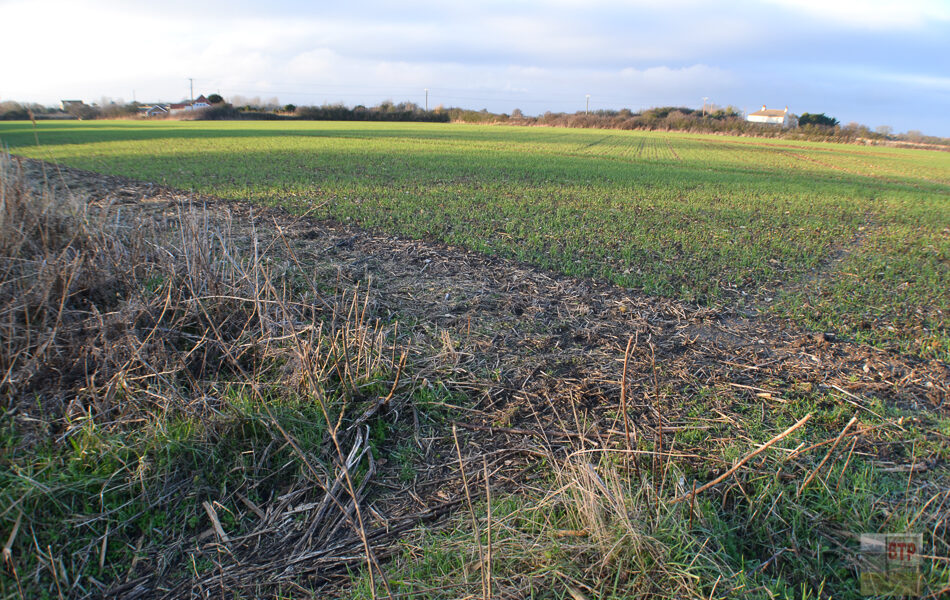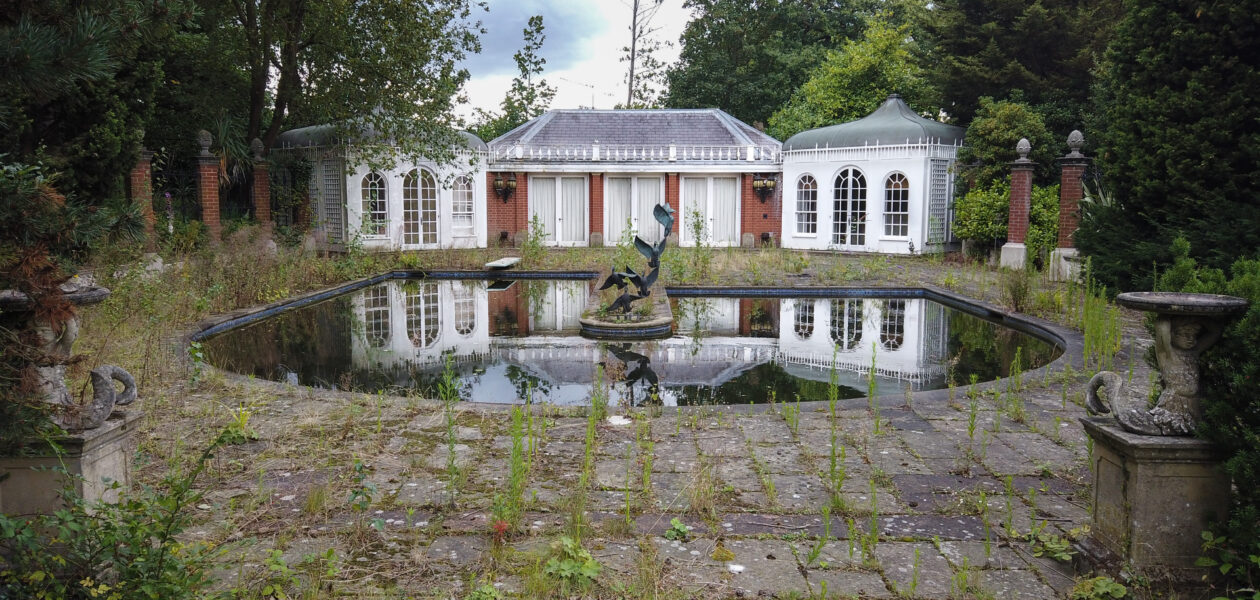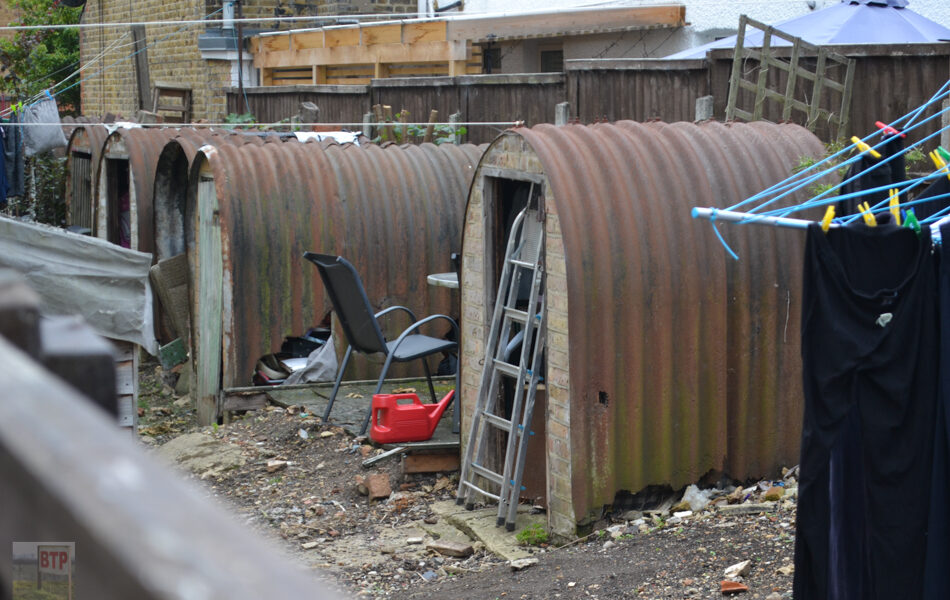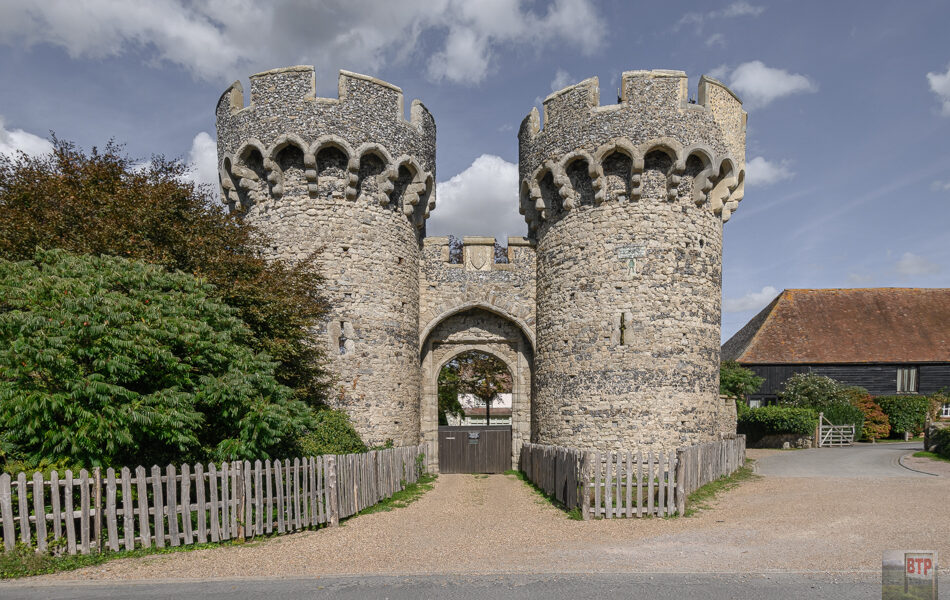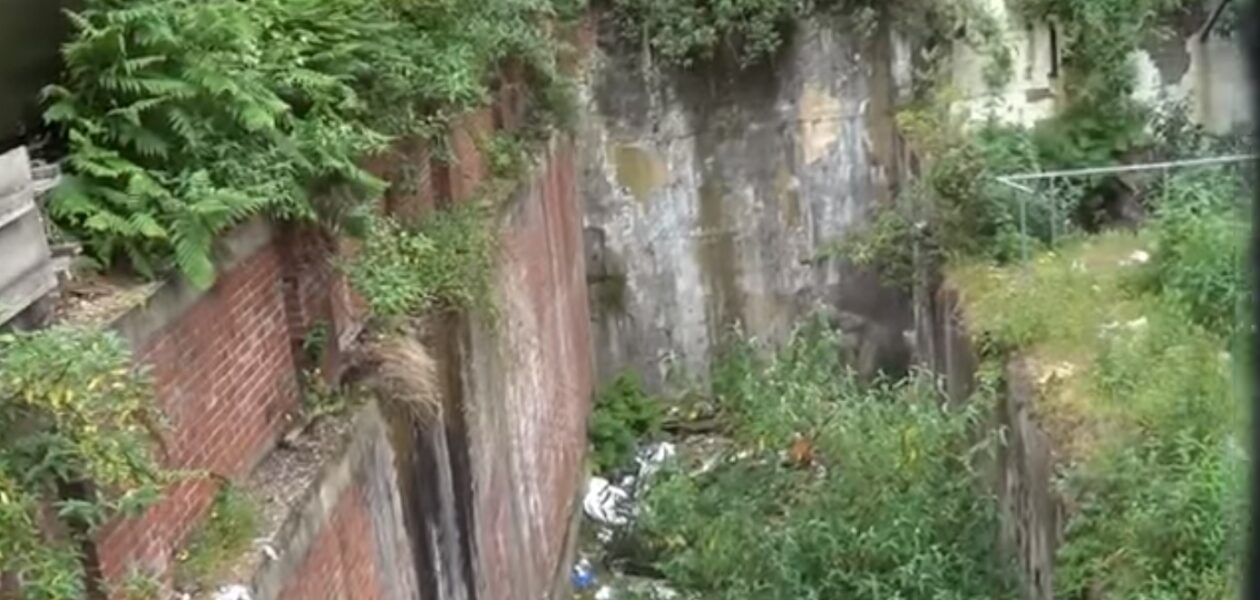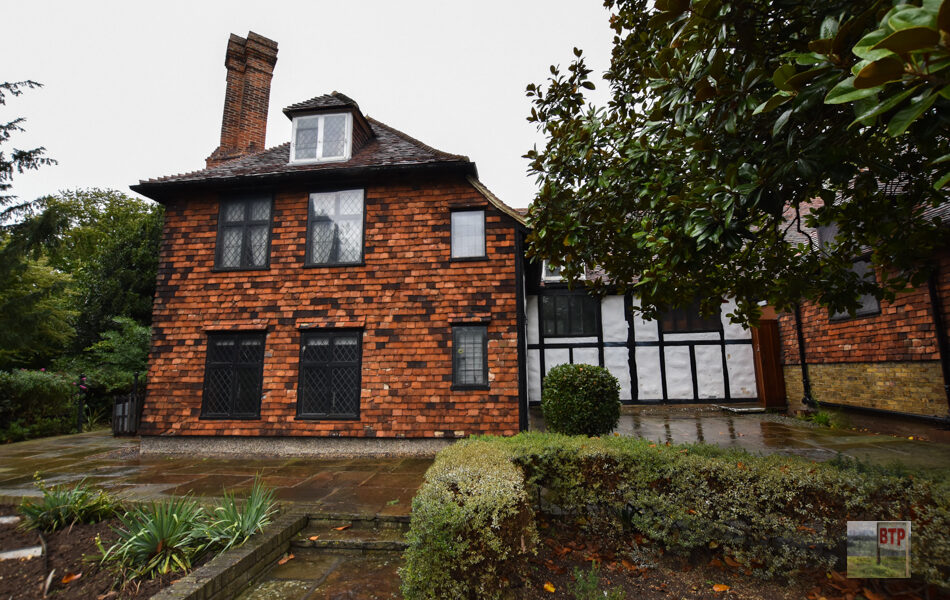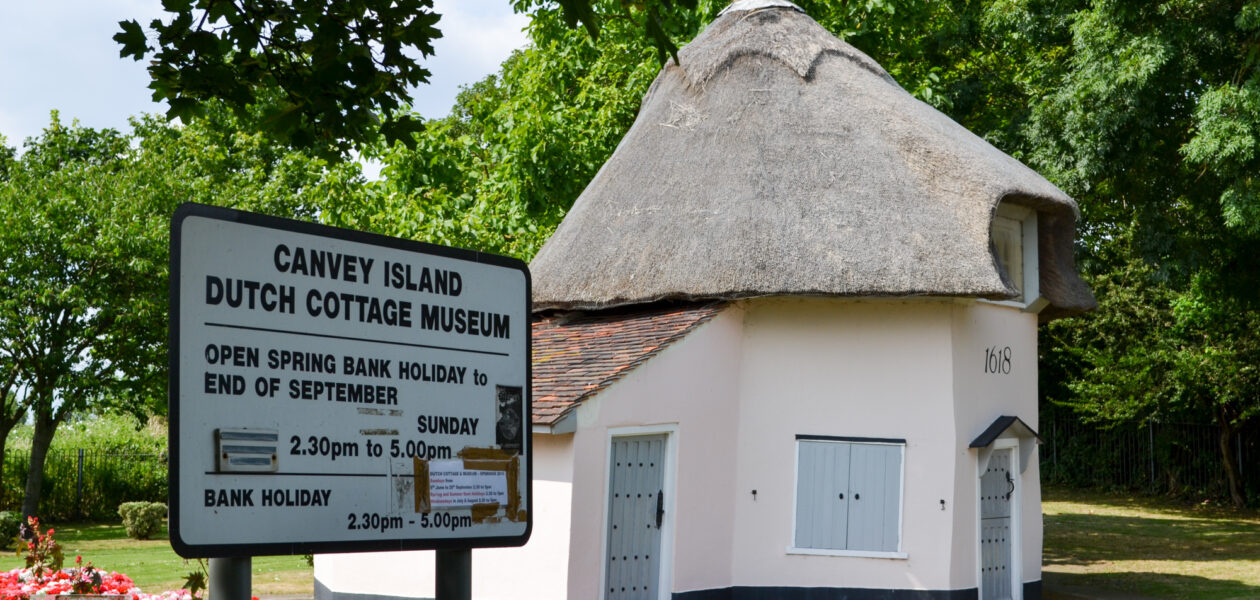Wakering Camp
Wakering Camp was constructed potentially around June 1944 as a ‘Diver’ battery – a late-war heavy anti-aircraft 3.7-inch gun battery of at least eight guns, established to defend against V-1 flying bombs. It was one of two in Great Wakering, with another four at Foulness. There were at least 43 huts, and in July 1944…
View More
